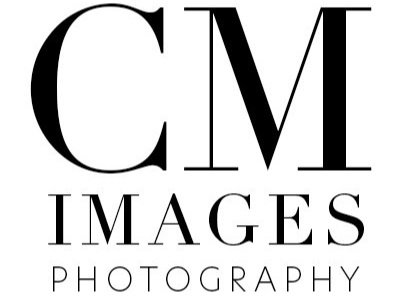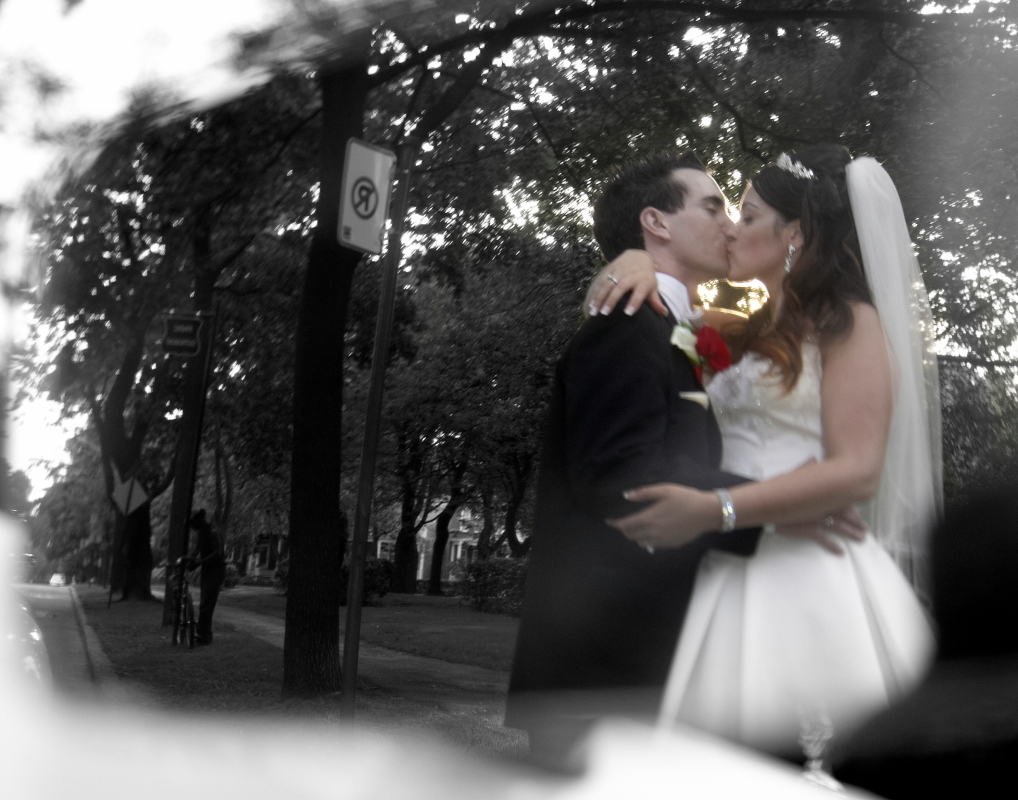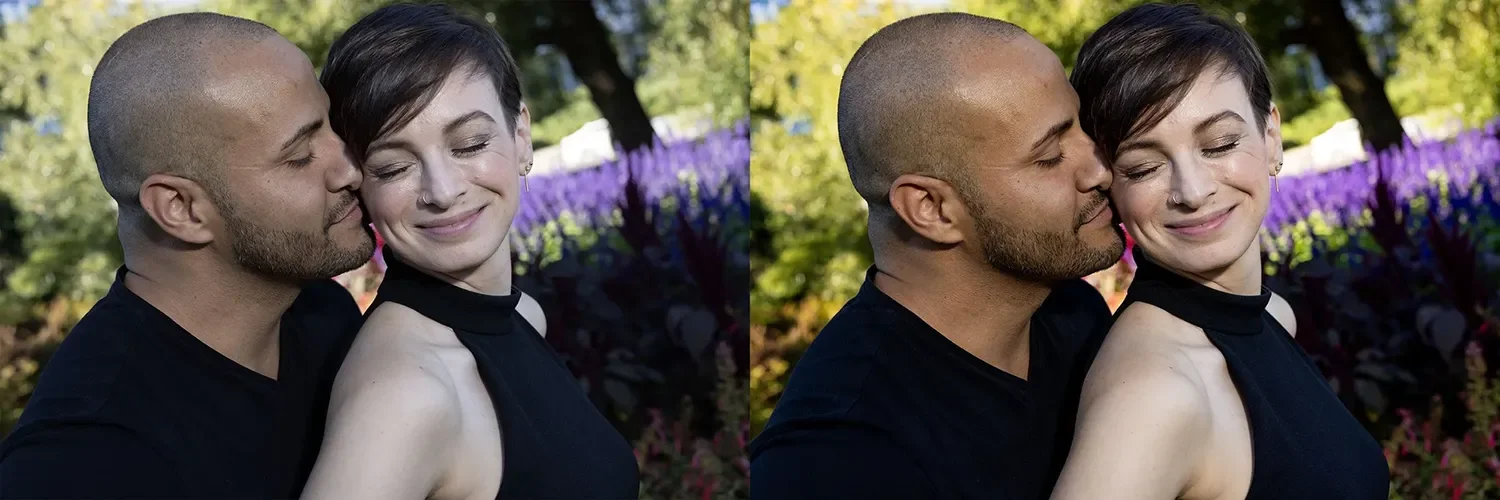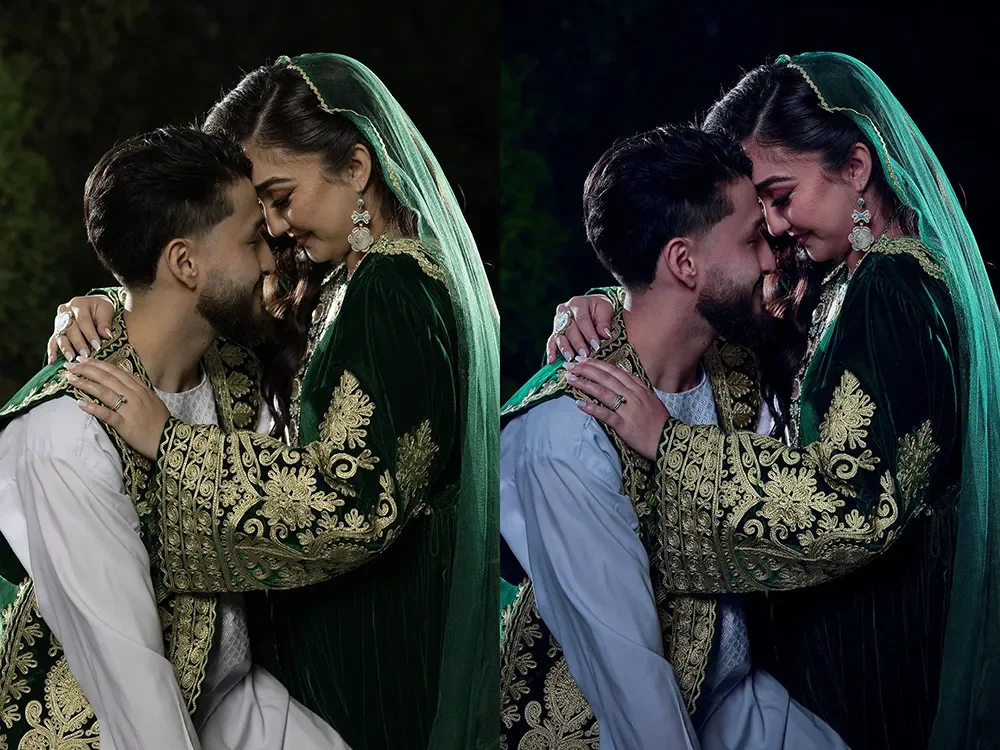Wedding Photography Question: Do You Edit Your Photos?
“Will My Wedding Photos Be Edited?”
That’s a question I get asked a lot, and I’m sure just about every other wedding photographer does, too. It’s one of those questions that the person asking it doesn’t realize it’s more complicated than they think. Whenever I’m asked one of those questions, my response begins with: “The short answer is yes.”
Ok… So What’s The Long answer?
Here’s the problem: when it comes to wedding photography (or photography in general), the word “edit” doesn’t mean one specific thing. Essentially, to edit means to adjust or to change. Change how, though? There are many kinds of adjustments and manipulations that can be done to a photo. A problem arises when the client and the photographer have different ideas of what editing should be. I’m sure many wedding photographers out there have had a discussion at some point with an unhappy client who thought that the photos were going to be edited and can’t understand why the photographer tells them the photos were edited.
So in the hope of bringing a little more clarity and harmony to an otherwise confusing and chaotic world, let’s go over why this problem arises. In order to do this, we need to look at what “editing” can mean. There are 4 possible components in the process of editing wedding photos: culling, correcting, retouching and color grading. “Editing” can mean any of these 4 components, or any combination of them.
So what’s the difference?
Culling
This is the first step in the process and it’s one that every photographer will do. When one culls the photos, they’re going through all the images and selecting the ones they want to keep, eliminating the undesirable ones from the set. Photos can be removed for whatever reason: duplicates, focus or exposure issues, bad expressions… anything. The idea is to create a more visually compelling and cohesive set of images that the clients will enjoy looking at.
Correcting
Correcting images is another step that every wedding photographer does… or at least should do. In this stage, the photographer makes general adjustments to the images in order to make them presentable. These adjustments include things such as color balancing, bringing back highlight and shadow detail, brightness and contrast. The photographer doesn’t spend too much time on individual images at this stage and corrections are usually applied to batches of similar photos. Once photos go through this stage, they’re what I call “proofs.” They are photos that are at a stage where they’re ready to be presented to the client for them to go over and select which ones they’d like to use for whatever they have in mind, such as putting in their album or using for their Thank-You cards.
The image on the left is what came out of the camera. The corrected image on the right has a bit more brightness, the blue color cast is gone and the shot has more contrast.
Retouching
This is a much more creative process, and the problems can start to arise when the client’s definition of “editing” includes retouching but the photographer’s doesn’t. Retouching is when the photographer goes over each photo individually to make local adjustments and manipulations of any kind. Since retouching is a manual process that requires going over the images one at a time, it is much more time-consuming and generally isn’t something a photographer will do on a set of 1000 wedding photos. This can include burning and dodging (selectively making a portion of the image brighter or darker), adjusting skin tone, removing blemishes, making a sky more dramatic - basically any kind of modification that helps the photographer achieve their artistic vision of what the photo should look like. Anything that doesn’t clearly fit into one of the other 3 editing stages is considered retouching.
In addition to basic corrections, the image on the right has also had some retouching done to add more shape to the hair and face and also to smooth out the skin. Nothing drastic, but it adds to the impact of the shot.
Color Grading
This is (usually) the final step in the process. To color grade an image, the photographer adjusts the color balance of the image in order to give the photo its final look. It can involve simply adding a color tint to the photo (like a basic Instagram filter) or selectively changing the color of the lighter and darker parts of the photo in different ways. It could even involve eliminating color entirely. Technically, turning a photo into black and white is a type of color grading.
The image on the left is what came out of the camera, and it clearly needs work. Although it was shot while the sun was still out, the lighting was set up to try and mimmick the look of a night scene. The color grading that was applied to the one on the right gives the shot that cooler color that we expect to see from moonlight shots.
Making Sure Everyone’s On The Same Page
I’m sure you can see now how important it is that everyone knows what’s meant by “editing.” If the client is expecting more to be done to their photos than what they end up recieving, it causes problems for everyone. The best thing to do is for the wedding photographer to explain to the clients exactly what they’ll receive and what kinds of editing will be applied to the photos so there are no surprises. A little transparency goes a long way!




